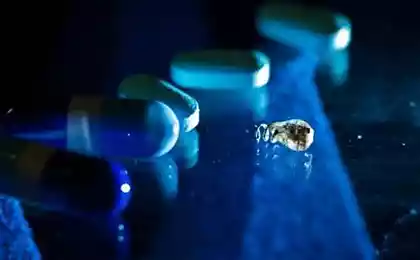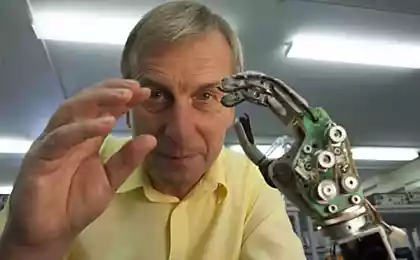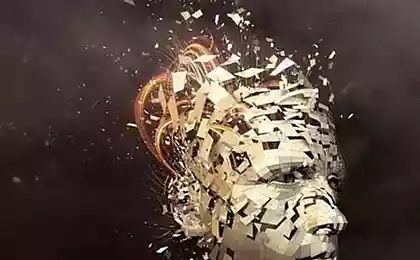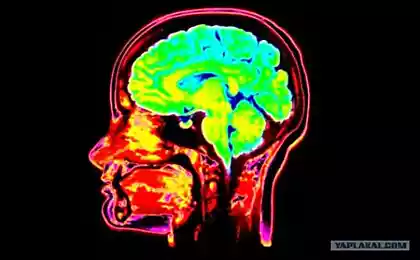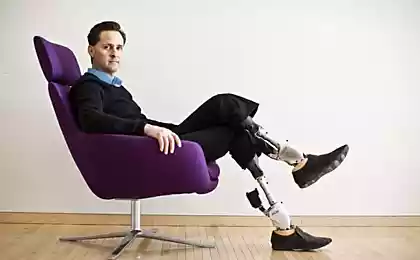473
The human brain in 2050— a mixture of biology and implants
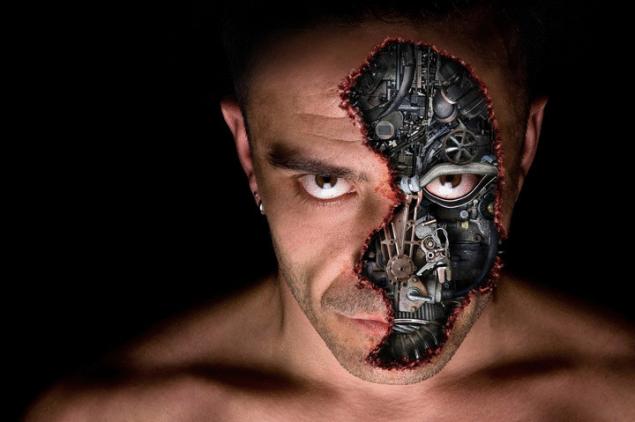
Cathy Hutchinson suffered a stroke of the brain stem, which deprived her of the ability to move or speak. But 12 years later, a brain implant gave her the ability to move robotic arm lifting the bottle and bringing it to his mouth only by means of mental control.
Video where Katie uses a robotic arm, demonstrated on 29 may during the world science festival. In the video, entitled "From cells to circuits: the human brain in 2050," discusses the brain technology of the future.
Although scientists are still far from the ability to read the innermost thoughts of man, brain-machine interfaces are advancing very quickly. Special implants all the better to receive the data from the brain, listening the whisper of neurons and using this information to control the prostheses in the real world. While other devices is able to import information into the brain to restore vision and other senses.
With the advancement of technology there may come a day when people will have a body of work or create a computer copy of his own mind. However, these perspectives raise questions about what it means to be human. Whatever it was, the researchers first need to fully understand the functioning of the brain, whereas much of this sector remains a mystery.
Downloading information from the brain of Cathy Hutchinson, used the BrainGate system developed by experts from a number of American research institutions. The system is a set of electrodes the size of a candy pellets implanted in the section of the brain that controls hand movements and records the slightest electrical signals from neurons. The device offers the possibility to amplify and decode such signals to control a robotic limb, says participant John Donohue, a specialist in neurosciences from brown University.
Most modern dentures use the wire that is connected to the implant via a connector on the skull. The system is somewhat cumbersome, and it is unlikely it can be effectively used throughout a patient's life for a number of reasons, for example, movement of the implant or the buildup of scar tissue.
Is there a way to wirelessly exchange information with the brain? This question examines Michael Maharbiz also a participant of the festival and an electrical engineer from the University of California. He and his colleagues are developing microscopic sensors known as "neural dust," which can record the electronic signals of nerve cells. The neural dust system uses ultrasound to provide power and exchange data with your particles.
This system will allow scientists to simultaneously record signals from thousands of neurons, creating a more complete picture of brain activity.
The injection of information into the brain while some researchers figure out how to make neurons to communicate with robotic limbs in the real world, others are working in the opposite direction, inventing biomedical implants that can send to the brain the external information is usually perceived by people through the eyes and ears.
Although these scientists are not yet ready to create a futuristic cyborg with perfect eyesight and hearing, they have progressed far in the development of the so-called neuroprosthesis. Among them are cochlear implants that restore hearing in the deaf, and bionic eyes that give blind the ability to see.
Sheila Nirenberg, Professor of physiology and Biophysics at Cornell University, working on artificial retinas for treating blindness due to damage to the retina of the eye. Her goal is to create a chip that not only give external information to the brain, but also to make it high resolution like this the retina.
When light enters the eye and is faced with the photoreceptor cells on the retina, the portable information is converted into electrical impulses, which subsequently enter the brain. But each image has the pattern, and thus are electrical impulses from the retina are in the form of patterns or codes.
Deciphering the neural code of retinal cells, the researchers were able to create tiny chips producing and sending to the brain the same electrical patterns that the mesh membrane of the eye, bypassing damaged cells, said Sheila Nirenberg. This technology has demonstrated excellent results in mice, and researchers are testing it on primates, before transfer to humans.
The brain's ability one day the brain will be able to control the whole robotic body or to perceive the world through artificial senses. However, it is less likely that scientists will ever be able to fully recreate the brain in the computer, I'm sure the festival participant Gary Marcus, a cognitive psychologist from new York University. But even if such supercomputers ever appear, he is unlikely to constitute a personality as such.
Technologies of modernity, no matter how striking they may be, are still far from disclosing the mysteries of the brain, said the participants of the festival. Scientists can focus on a single neuron, and to understand the activity of large groups of nerve cells. But they still know little about what happens in the middle, between the bursts of activity of one neuron and the Symphony of the whole brain that gives human consciousness.
"This mean in the next 50 years, offers scientists a new, epic journey through the convolutions of the brain," said John Donohue.
according to Livescience
Source: facepla.net
Scientists— cars with hydrogen engines have a distinct disadvantage
The genre of "film" on its last legs

